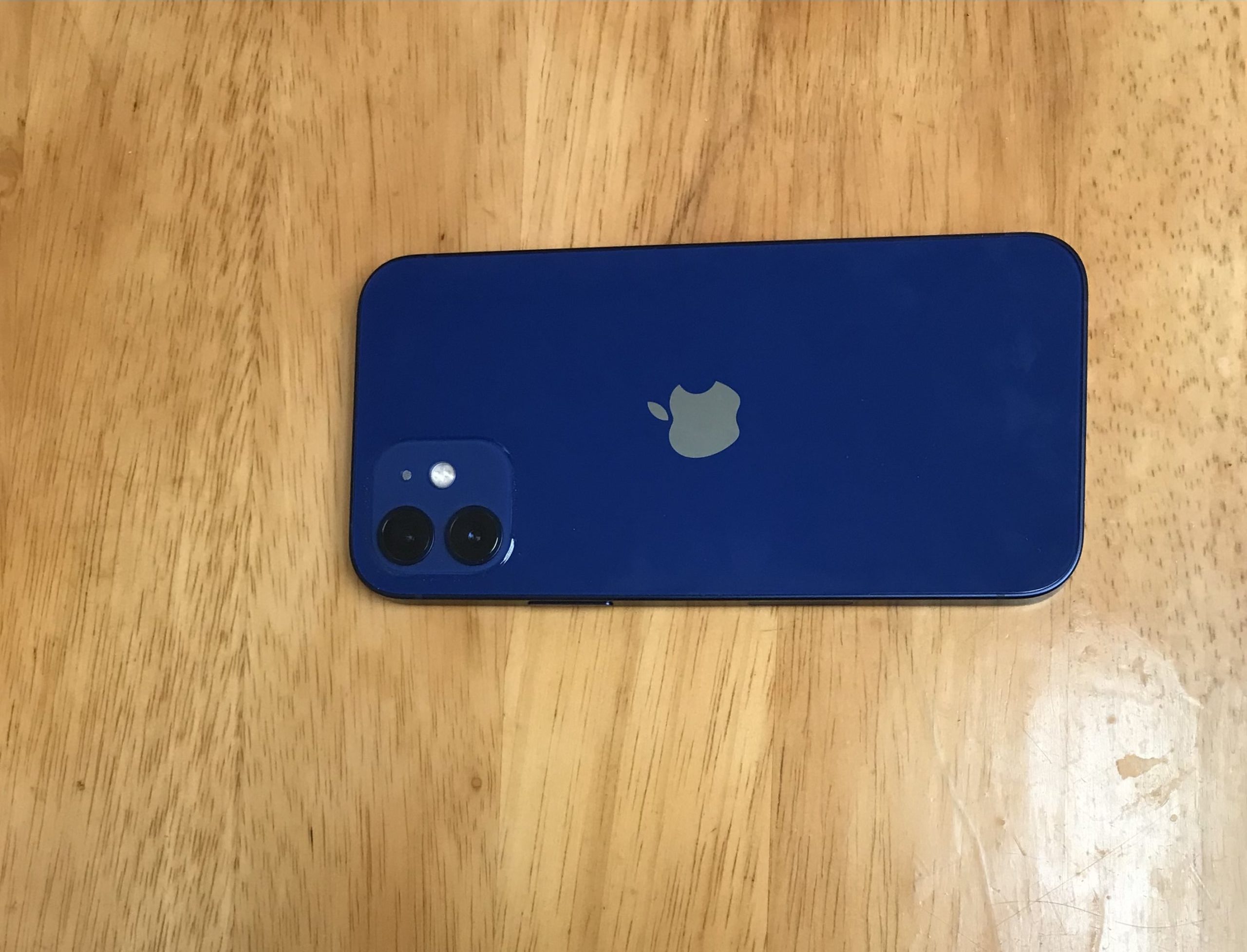By Brian Dinh
On Oct. 23, 2020, Apple released the iPhone 12 with an improved camera, a stronger processor chip, a new organic light-emitting diode (OLED) display, and a new charging system with MagSafe. The iPhone 12 is the first of Apple’s phones to work with 5G, which increases download speeds and decreases latency, the time delay before a data transfer. The initial prices for the iPhone 12 without price reductions or trade-ins from phone carriers are $799 for 64 gigabytes of storage, $849 for 128 gigabytes, and $949 for 256 gigabytes.
I received the iPhone 12 the day of release and tested it to see if it was worth the purchase. When I took the phone out of the box, I noticed it was about five inches long, much lighter than previous iPhone models, and had flat edges. These changes made the iPhone 12 much easier to handle on the go compared to bulkier iPhone models, which were difficult to run around with in my pocket.
The screen of the iPhone 12 is noticeably better than that of past models as it uses newer OLED technology instead of LCD screens. OLED technology enhances the iPhone 12 with detailed blacks, a high contrast ratio, and HDR display. The screen also has a new ceramic shield, which Apple claims has a higher drop resistance than previous iPhones. Personally, I find the stronger screen a relief because now I can worry less about my phone slipping out of my hand.
The 5G capabilities have noticeable improvements over 4G LTE. My iPhone 11’s 4G LTE only had download speeds of 7.8 megabits per second and upload speeds of 2.3 megabits per second. When I tested 5G on the iPhone 12, it had download speeds up to 185.9 megabits per second and upload speeds of 62.7 megabits per second. From my tests, I downloaded the two-hour long movie “I’m Thinking of Ending Things” in one minute and thirty seconds, and downloaded the three-hour long movie “The Irishman” in just two minutes and forty-seven seconds. The 5G network could help speed up downloads during road-trips or just before going on an airplane.
The iPhone 12’s camera quality is spectacular. The camera comes with a noticeably wider lens that helps with low-light photography and with Smart HDR 3, which automatically adjusts the contrast, texture, saturation, and color balance in every photo. Although I dislike the automatic color balance of the iPhone 12’s default camera because it can mute the photo’s colors, I use third-party apps like VSCO to adjust the colors of a photo to my liking. It also has Dolby Vision HDR video, allowing the iPhone 12 to record 4K video at 30 frames per second. I use 4K for videos of flowers and water, as the colors are much more detailed than 1080p video.
Overall, I find the iPhone 12 to be a worthwhile purchase. Its great screen decreases eye strain and has a colorful display. The improvements from 4G LTE to 5G are massive, and the new camera brought much-needed improvements to night-time photography. If you can afford it, I recommend buying the iPhone 12 with 128 gigabytes of space if you plan on taking lots of photos and videos.

